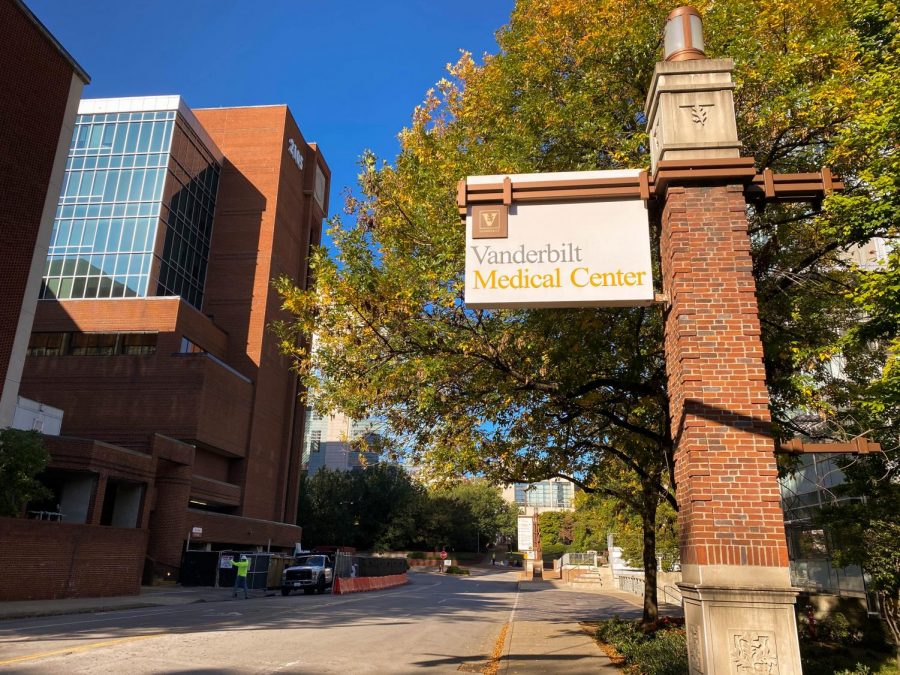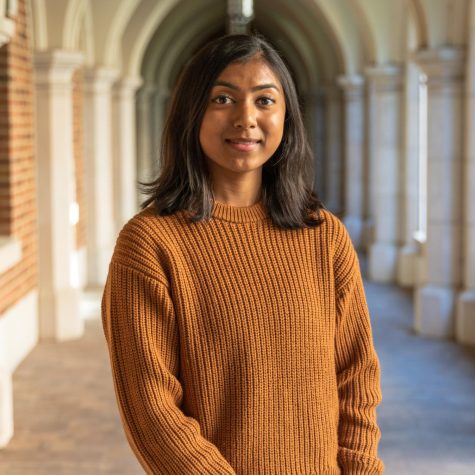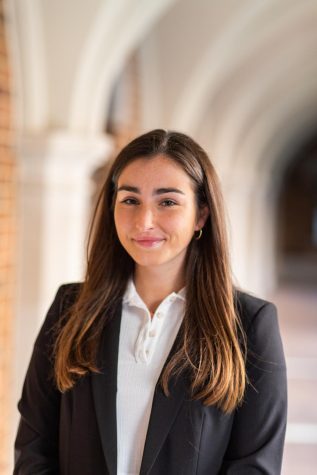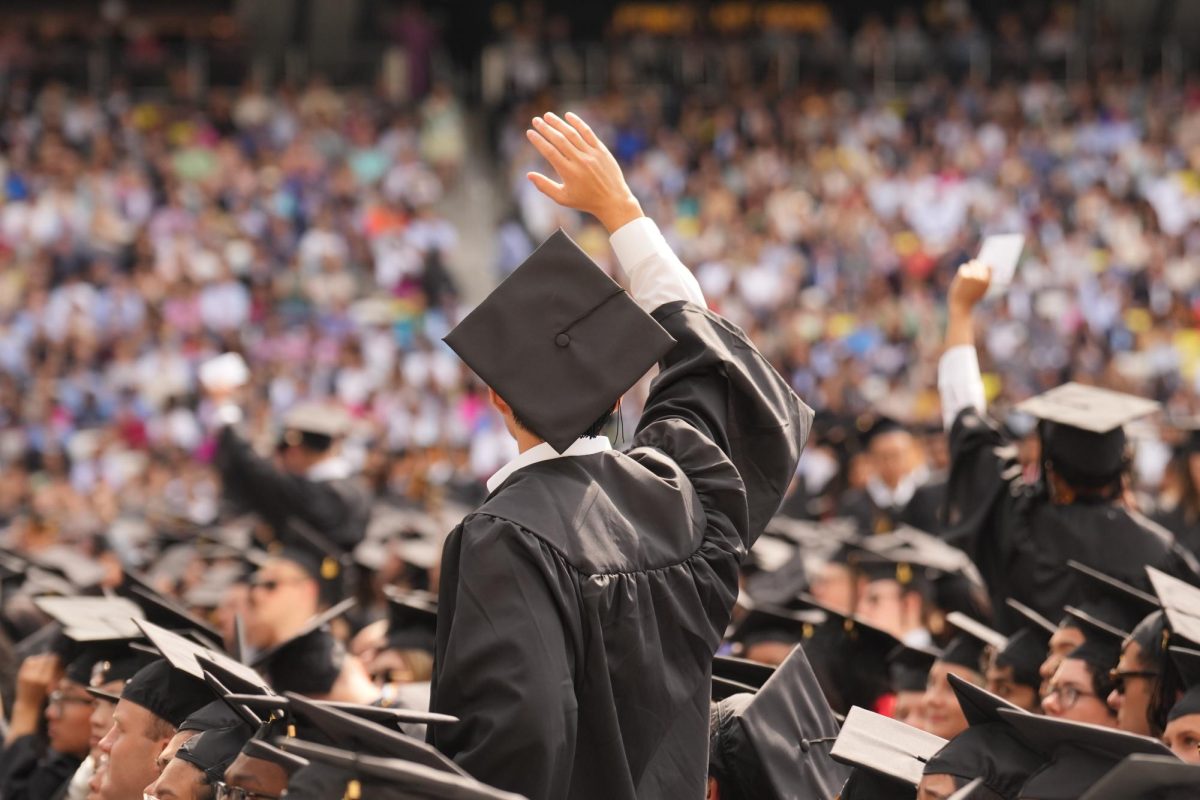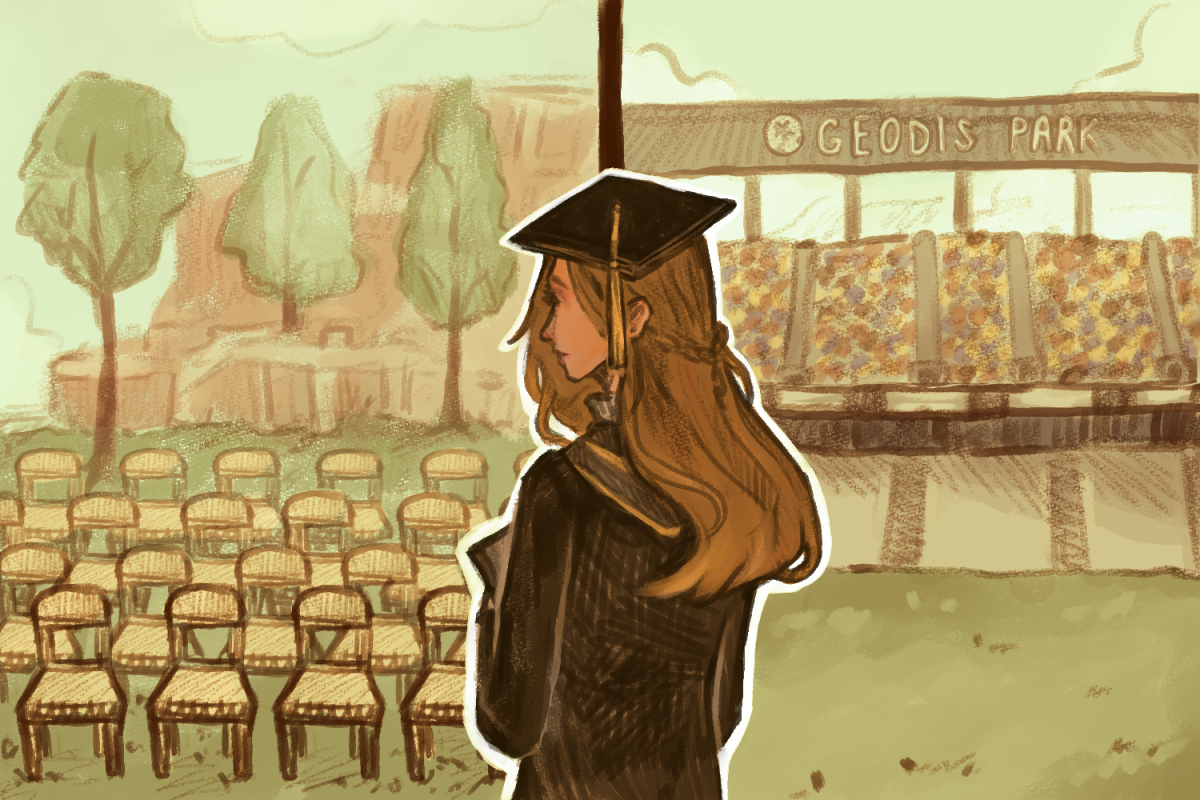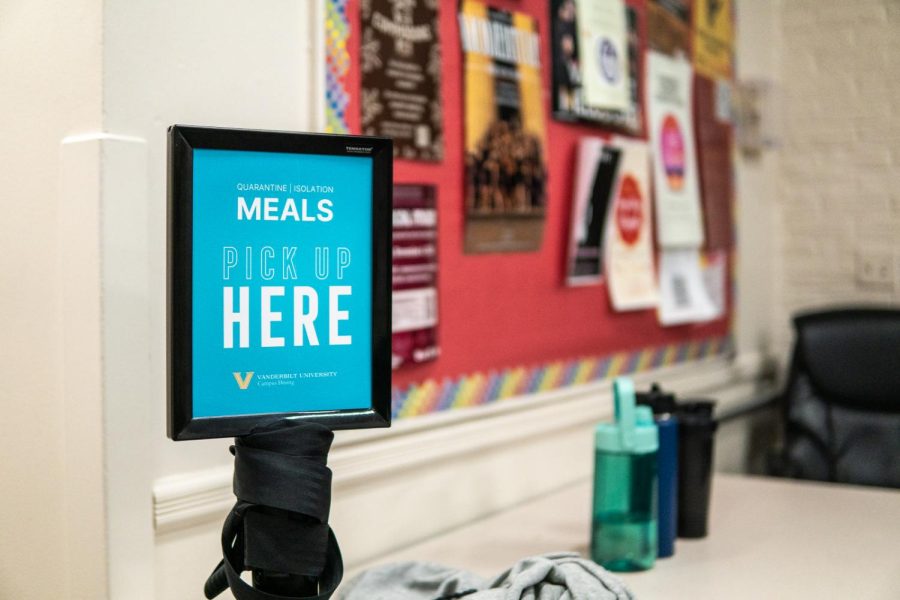The world’s first dual heart-lung transplant on a COVID-19 patient was performed at Vanderbilt University Medical Center (VUMC) on Sept. 24.
Dr. Ashish Shah, professor of cardiac surgery and chair of the Department of Cardiac Surgery at Vanderbilt, was one of the doctors who performed the surgery. Shah has previously worked with the heart transplant team to make use of organs from donors infected with Hepatitis C infection.
According to Shah, the patient who received the dual organ transplant was infected with COVID-19 in June. After his infection with COVID-19, he did not have normalization of his lungs and his heart was not in good shape.
Overall, the procedure took around six hours, and the team was pleasantly surprised by the state of the patient’s organs, per Shah.
“It was technically a lot easier to remove his organs than we were anticipating, given what we had heard about other cases of COVID related lung disease,” Shah said. “So that was good, but we certainly had to move quickly because of how poor his heart function was. He really was sliding pretty fast.”
The patient received both the heart and lungs from a Hepatitis C infected donor. The use of organs from donors with Hepatitis C is an approach pioneered by the heart transplant team at VUMC that started in 2016 and has increased organs available for transplant.
“We felt good that if the best heart-lung block that came up in time happened to have Hepatitis C, we were pretty confident that that would not be a barrier,” Shah said.
According to Shah, it will be very important to analyze the patient’s removed organs to learn more about how COVID-19 affects people’s lungs and heart.
“This case is a sobering reminder that COVID infections may have long term consequences—that one may recover from the initial infection but there may be some ongoing injuries to their organs,” Shah said.
Per Shah, there is a lot of uncertainty regarding the future as the number of positive cases continues to rise in the United States.
“While the majority of people recover, there may be a small group of people that have ongoing injuries to their lungs or their heart,” Shah said. “There are not enough organs to go around to take care of everyone who has got a problem with COVID. So, we really have to find effective therapies to cure people upfront, but I think that we will certainly learn a lot about how COVID infections behave in the long term when we see patients like this.”
According to Shah, the patient is making good, steady progress and no longer in the intensive care unit. He is walking around, interacting with his family, and both his heart and lungs are working well.
Although the patient will likely need several more months of rehabilitation and recovery, Shah said the patient should eventually be able to resume his normal activities.
“His quality of life—if you think about it, he was dying and everything beyond that, his ability to be out of the hospital, walk around, climb up stairs and do basic things like that have now been restored,” Shah said.
Moving forward, the team will focus on surveillance of the patient’s heart and lungs to be sure there is no infection or rejection. The patient will be tackling the ongoing risks of infection and rejection for the rest of his life per Shah.
Shah also spoke to the importance of teamwork in the success of the dual heart-lung transplant.
“It is really important to understand that it takes a large number of people to pull this off. We really have the right group of people and the expertise to do really difficult things, and I think this case really highlights years of work.”

